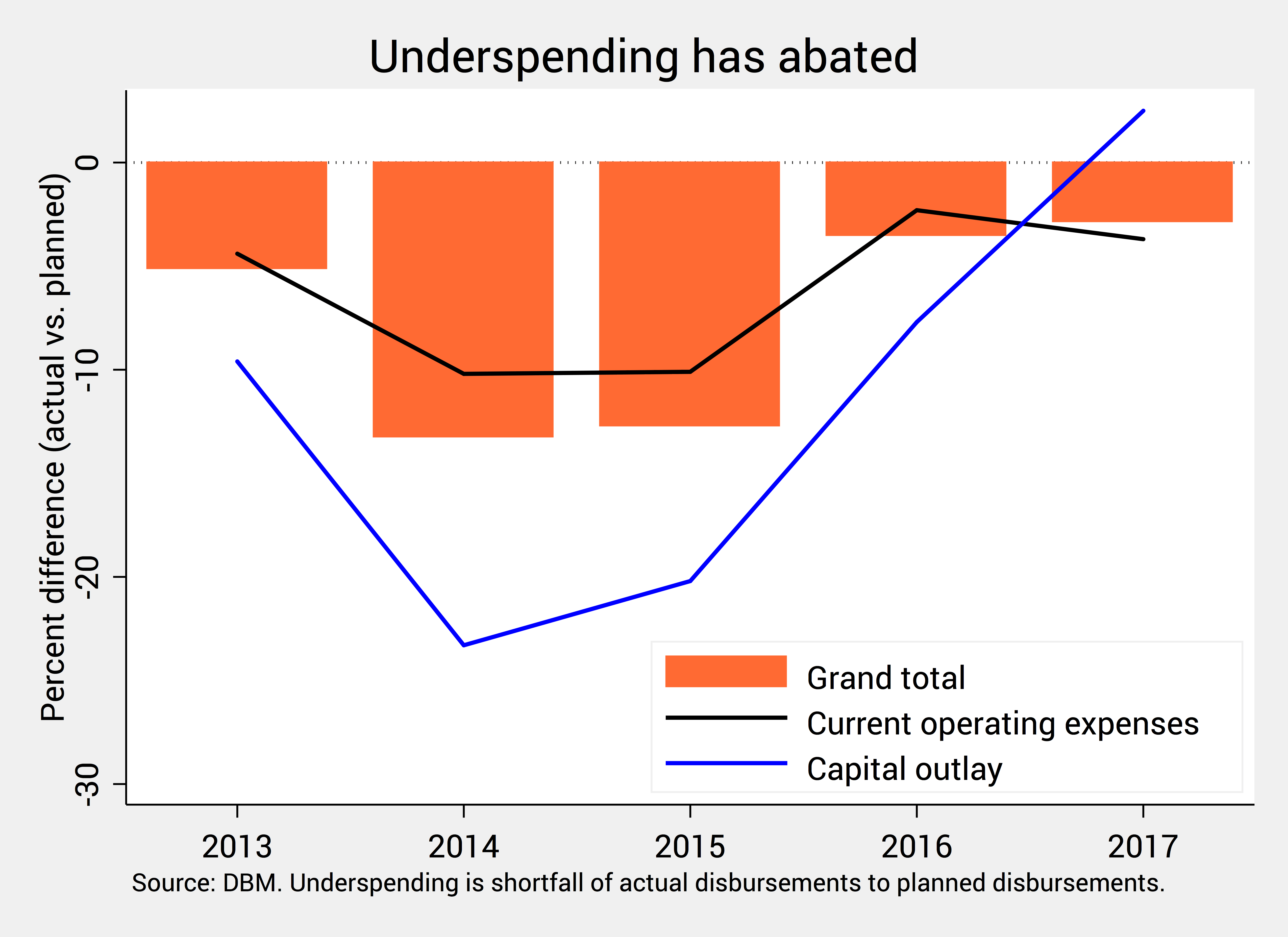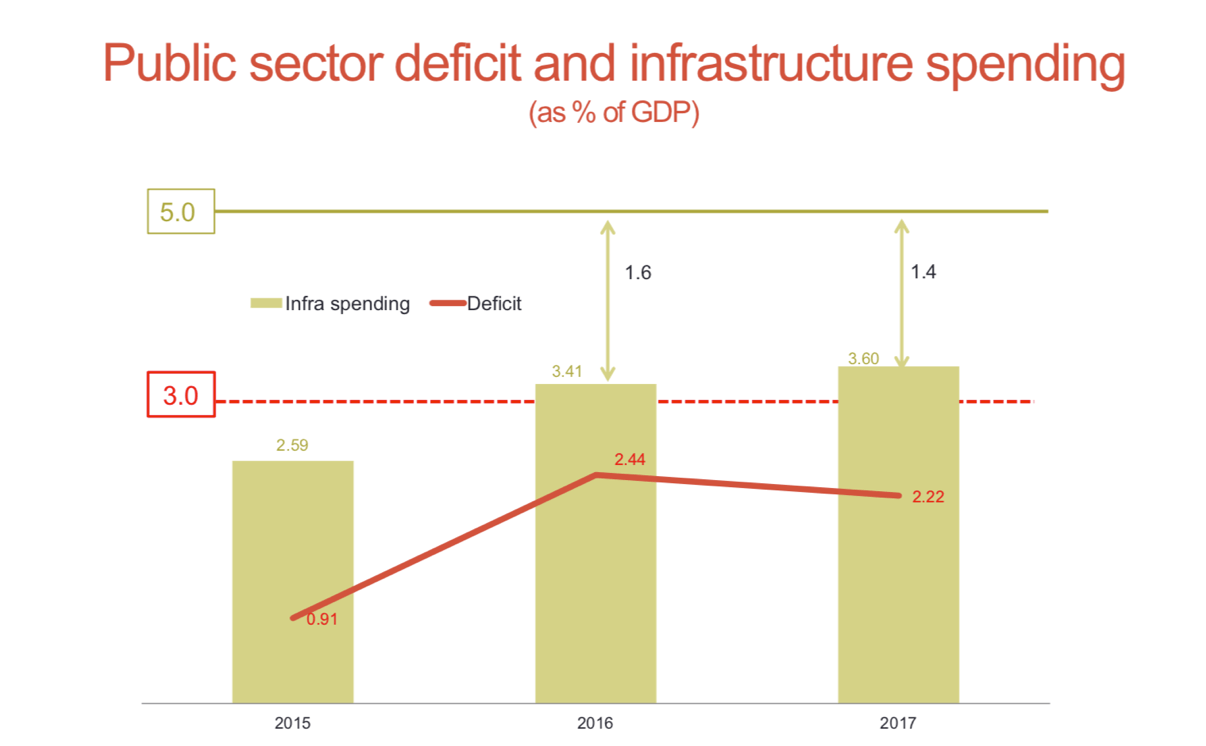SUMMARY
This is AI generated summarization, which may have errors. For context, always refer to the full article.
![[OPINION] How Duterte is wasting our hard-earned taxes](https://www.rappler.com/tachyon/r3-assets/B9367D678BE4412AA447D09972365D99/img/6F0896E235F54C7CB58F469AA88AA73E/How-Duterte-is-wasting-our-hard-earned-taxes-July-26-2018.jpg)

The government today is on an unhealthy spending spree, an underspending and misspending spree.
Recall that the Duterte government’s economic program goes something like this: “We’re spending so much on new infrastructure projects – roads, bridges, railways, airports – under the P8-trillion ‘Build, Build, Build,’ but to fund these we need more taxes and loans.”
Yet, there’s a problem. As things stand, the Duterte government is not using its funds to the fullest extent.
For example, many projects under “Build, Build, Build” have not taken off or are behind schedule. Only 16 out of the 35 approved projects are set to be completed before 2022. Reports also point to gross misuse of funds in other agencies, often reeking of corruption.
In this article we explore the causes and consequences of underspending and misspending in the time of Duterte – in other words, how the Duterte government is wasting our hard-earned taxes.
Spending less than planned
Let’s begin with “underspending,” or the degree to which government is spending less than what it originally planned or allocated.
Although a happier problem than not having funds at all, it’s a problem nonetheless because it represents unused resources and forgone opportunities – in a word, waste.
Underspending was a huge problem during the Aquino administration.
One study showed that from 2011 to 2015 the government could only disburse annually, on average, about 10% less than what it planned. In other words, for every P1,000 of funds, the government could only spend P900.
Lack of “absorptive capacity” is the main cause of underspending. This means many government agencies were suddenly awash with cash that they were pressured to spend but didn’t know how. It’s not unlike a wet sponge that could no longer hold more water, no matter how much you pour into it.
Absent adequate technical and managerial staff in government, proper coordination between government agencies, and sufficient participation from the private sector, many projects during the Aquino administration didn’t fly soon enough.
Thankfully, underspending has somehow abated in the past 2 years.
The orange bars in Figure 1 show that, from underspending of more than 10% in 2014 and 2015, it has gone down to 3.6% and 3% in 2016 and 2017, respectively. If you look closely, government actually overspent infrastructure funds in 2017, as shown by the blue line.
But Budget Secretary Ben Diokno admitted that this improvement was largely because of the many projects left behind by the Aquino government, which they are just finishing now.

Figure 1.
No Build, No Build, No Build
Unfortunately, there are reasons to believe that underspending continues to this day. And this is in spite of the plethora of projects under “Build, Build, Build.”
First, the economic managers have so far missed their own infrastructure spending targets.
Early on, Secretary Diokno boasted they would bump up infrastructure spending to at least 5% of GDP. But Figure 2 below shows they still have a long way to go. Indeed, in April, Secretary Diokno admitted he was “not happy” with the current pace of infrastructure spending.
Second, many expected that the government’s budget deficit (or revenue shortfall) would surge beyond 3% of GDP, again on account of the massive spending on “Build, Build, Build.” But Figure 2 shows that this has also yet to happen.

Figure 2. Source: De Dios [2018], “The Insulted Economy” lecture last July 5, 2018.
Third, the Commission on Audit (COA) recently divulged that some agencies at the frontlines of “Build, Build, Build” were guilty of underspending last year.
For example, the Department of Public Works and Highways (DPWH) underspent P73.4 billion worth of projects. These include national roads, flood control mechanisms, and school buildings, which were delayed, suspended, or not implemented at all.
The Department of Transportation (DOTr) also failed last year to “obligate” or commit for payment 19% or almost a fifth of its budget. Of the funds it did obligate, the DOTr did not disburse 68% or P38.4 billion.
Apparently, many of the DOTr’s projects were stalled due to “changes in policy directions by political leaders and economic managers.” This includes the P53-billion BRT or Bus Rapid Transit projects in Metro Manila and Metro Cebu, which were recently shelved.
Perhaps to make up for underspending, some infrastructure projects started in the previous governments – like the spanking new Mactan-Cebu International Airport Terminal 2 – were recently (and unfairly) launched under the banner of “Build, Build, Build.”
Unless key bottlenecks are resolved – especially the lack of absorptive capacity – the Duterte government will only continue to over-promise and under-deliver in the coming years.
Rather than “Build, Build, Build,” we may end up having “No Build, No Build, No Build.”
Excessive travels
Aside from underspending, there’s also a lot of misspending in government right now.
COA recently uncovered that the Presidential Communications Operations Office (PCOO) increased their spending by 700% in 2017, comprising P38 million of “deficient” or flawed disbursements.
Recall that the PCOO is the agency notorious for such online gaffes as “Norwegia,” “Winston Gatchalian,” and “Duterte Administation”.
Of the P1.67 billion allocated to PCOO for events related to the 2017 ASEAN Summit, COA also flagged a host of dubious transactions. These include failure to award contracts to lowest bidders, inaccurate reporting of price quotations, and padded contracts.
COA also found “excessive and extravagant” the foreign travels of certain officials and staff of the Department of Tourism (DOT) in 2017, which reached more than P19 million.
The P120-million memorandum of agreement between the DOT and Bitag Media, the production company of Secretary Wanda Teo’s brother Ben, was also flagged by COA.
Other questionable expenses recently noted by COA include: P5.89 billion not used by PCSO for charity purposes; P1.35 billion worth of trucks, tanks, and combat equipment purchased by the PNP but not yet delivered; and P345.8 million worth of excessive or unwarranted bonuses for PACGOR officials and employees.
Secret expenses
And then there are expenses that even COA has a hard time auditing.
Most alarming is the ballooning of confidential and intelligence funds enjoyed by the Office of the President (OP) in the past two years.
Figures 3 and 4 show that in 2017 and 2018 these allocations amounted to P5 billion. That’s already 41% more than Aquino’s total intelligence funds for his entire 6 years in office.
Figures 3 and 4.
The explosion of these funds is disturbing for 3 reasons.
First, the OP is not primarily concerned with intelligence-gathering operations, and many experts say that such funds are more appropriately used by other agencies instead.
Second, these funds are by nature extremely difficult to audit. But Congress, which has vast oversight powers, approved the OP’s 2018 budget in less than 3 minutes.
When asked about the opaque nature of these allocations, Secretary Diokno merely said, “We just have to trust Duterte na mabuting tao siya (that he’s a good person).”
Third, these intelligence funds are reportedly being used to support the President’s brutal war on drugs. Insofar as that war has already resulted in at least 4,540 deaths, then these funds are actually funding government-sanctioned killings.
Do we really want our hard-earned tax money funding the killing of our fellow Filipinos?
More taxes?
Not all hope is lost. Thankfully, both underspending and misspending are solvable.
To address underspending, the Duterte government must zero in on the various bottlenecks that make spending difficult, most of all the chronic lack of absorptive capacity. Otherwise, government officials drunk with the promise of “Build, Build, Build” will do well to sober up already.
To address misspending, Duterte must rethink his priorities and seriously go after the corrupt. But as attested by the recent SONA – where the war on drugs remained priority number one, and an accused plunderer even became Speaker of the House – this is easier said than done.
In closing, arguably the most important implication of underspending and misspending is that they seriously undermine the Duterte government’s plea for new taxes.
Until government has rock solid proof that they can efficiently spend the funds currently at their disposal – that they can, beyond a shadow of doubt, be trusted with our hard-earned money – they cannot in good conscience ask for more just yet. – Rappler.com
The author is a PhD candidate at the UP School of Economics. His views are independent of the views of his affiliations. Follow JC on Twitter: @jcpunongbayan.
Add a comment
How does this make you feel?
There are no comments yet. Add your comment to start the conversation.